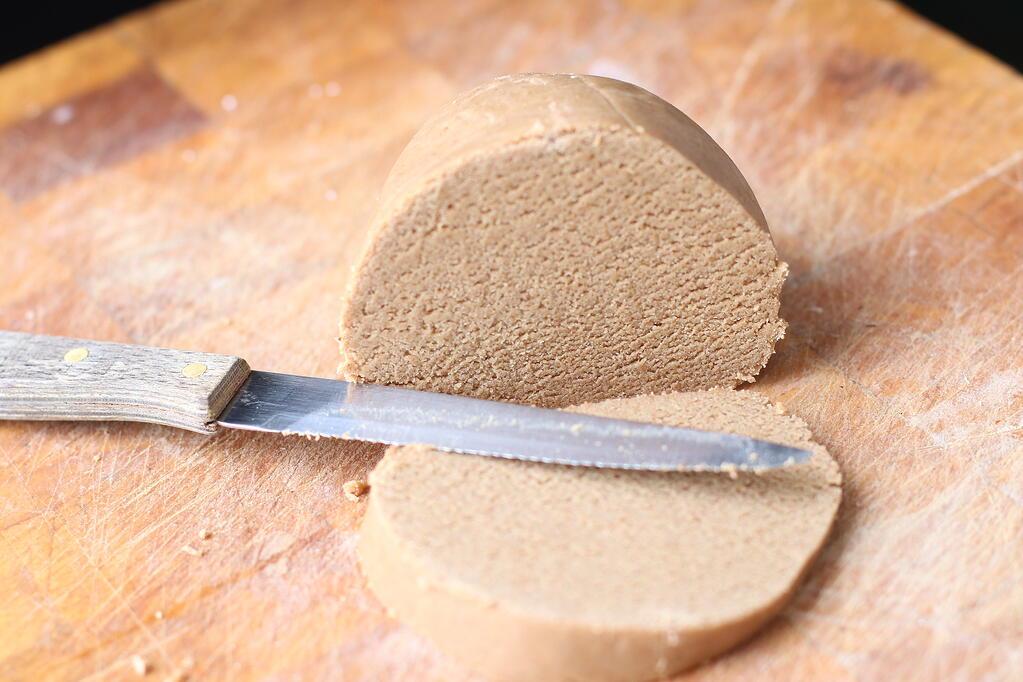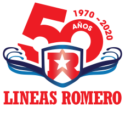Live a different “Día de Canarias” (Canary Islands Day)
This month, specifically on the 30th, we celebrate the Día de Canarias. A very special holiday for our archipelago, which commemorates the first session of the Parliament of the Canary Islands, the legislative body that establishes the Statute of Autonomy of the Canary Islands.
It is a day in which we proudly celebrate belonging to these islands that have an immeasurable natural, historical, and cultural heritage. A wealth that makes us different. Unfortunately, given the circumstances, this year it will not be possible to celebrate it as we all would like, but at Líneas Romero we want to offer a compilation of all the elements that cannot be missed on our Canary Day:
Gastronomy
Sancocho: If the Día de Canarias were a dish, it would be the sancocho. It is something emblematic in our land; made with salted fish, sweet potatoes, potatoes, and a pinch of mojo (sauce). This dish represents Canarian society, since given the economic difficulties of the Canarian people in the past, it became one of the most important gastronomic dishes thanks to the ease of access to the foods that make it up.
Papas arrugadas (wrinkled potatoes) with mojo: There is no simpler and more nutritious dish than a good portion of papas arrugadas accompanied by a good mojo. To prepare them, all you need is to add a good handful of “papas bonitas” (small “pretty potatoes”) to a pot of water, accompanied by a lot of salt. Once boiled, a crust of that salt will remain, which will form the characteristic wrinkles. To season this delicacy, you just add mojo picón (red) or mojo verde (green), to taste.
Bocadillo de chorizo (baguette with Spanish sausage spread): There are many varieties of these chorizos, such as that of Chacón, that of Teror or that of “the dog” (not literal). This tasty spreadable chorizo with a piece of cheese from our islands is the perfect combo for a sandwich that leaves no one indifferent. In recent years, this aperitif has become a staple of our afternoons.
Pella de gofio: It is the perfect accompaniment to any of our dishes on Día de Canarias. This dessert is prepared very simply. You only need gofio (wheat or millet, to the consumer’s taste), water, oil, and sugar. Although we can always give free rein to our imagination, adding ingredients such as cheese, banana, raisins, or dates.


Music and dance
Timple: This instrument can animate any family gathering, and more so, if it is on Día de Canarias. Interpreting some good folías (Canarian songs) will enliven any home concert in our archipelago. So, now you know, you still have time to rehearse the chords of your favourite traditional songs.


Parranda: What if we don’t know how to play the timple (or any other instrument)? Do not worry! We will always have the option of filling our day with the traditional music of the parrandas (celebrations). In addition, you can choose from an infinite number of groups to enjoy Canarian folklore, such as Los Sabandeños, Raíces or El Golpito.
Sorondongo: If we talk about musical compositions, one that, without a doubt, cannot be missed is El Sorondongo. It is the most typical of the islands of Lanzarote, Fuerteventura and Gran Canaria, in which a series of quatrains is sung while the dancers, twirl and leap gracefully in loose pairs.


Clothing
Typical costume: If we want to put ourselves in a 100% “Canarian mood”, what better way to do it than by dressing up in the typical costume of our area. In this case, each Island has its own traditional clothing with different fabrics and decorations, although most of them are based in wool, linen, and silk.


Sports
Lucha canaria (Canarian wrestling): It has become the most emblematic sport in the Canary Islands. A good way to represent our luchadores (wrestlers) for the Día de Canarias is, without a doubt, arranging a “luchada” (match) with any of our relatives. So, don’t stop practicing your best techniques for this big day, be it a shearling, a stumble, a squiggle or a donkey.


Juego del palo: The evolution of wartime activities of our ancestors has led to this beautiful sport. Considered the “Canarian fencing”, two participants must choose between the modalities according to the size of the stick or bat: small stick, medium stick, or large stick. At the time of a match, the objective will be to prevent the opponent from scoring a blow (safely) on an uncovered part of the body.
Pelotamano (Canarian hand ball): This traditional game is very similar to Basque ball. It consists of two teams of five players who must return the ball to the opposite team’s field with their hand, without bouncing twice. Counting the points, it is done in a similar way to tennis: 15, 30, 40 and “chico”. A “chico” will be obtained when a team exceeds 40 with a difference of two points, and five “chicos” make a “pajero”.
Bola canaria: Without a doubt, bola canaria is one of the sports that is most enjoyed during these days and therefore marked on our calendar. Similar to petanque or boules, although with balls of wood or paste, it is the traditional game with the most practitioners in the Canary Islands. So, don’t let them take away your “miche” and… let the game begin!

